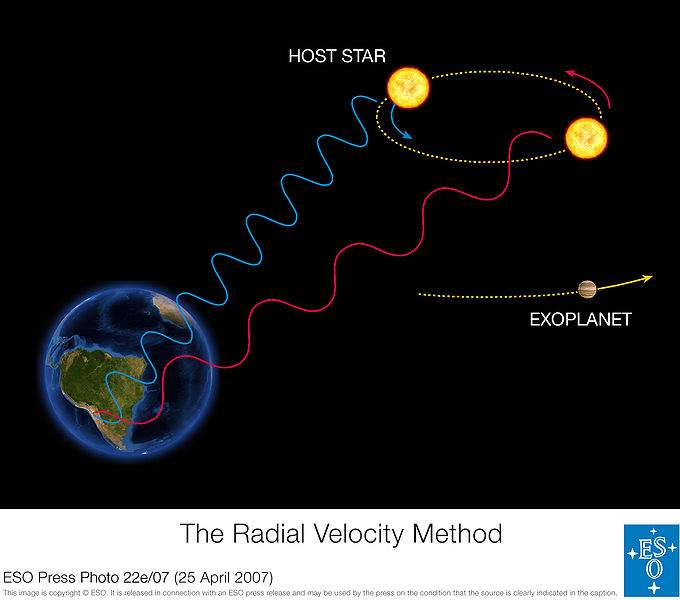
Photo by: ESO Creative Commons
What do Christian Doppler and Albert Einstein have in common? Simple, they are both instrumental in weather forecasting through their contributions to the information people know about radial velocity. Without understanding how radial velocity works, warnings about tornadoes and hurricanes are not possible.
By simple definition, radial velocity refers to the speed of any object in the direction of an unmoving observer’s line of sight. This can pertain to directions of either moving toward or away from the observer. In a three dimensional space, radial velocity can apply to any object with respect to the observer since the position of the observer remains fixed. However, radial velocity best applies to celestial bodies such as planets.
Planets have two types of velocities. As the planet moves away from the observer when orbiting toward the far side of sun, it is said to have a positive radial velocity. On the other hand, when the planet moves from the far side of the sun toward the observer it is now said to have negative velocity.
This is also where the Doppler shift comes into play. Astronomers observing orbiting bodies use data in the form of electromagnetic waves detectable from telescopes. The Doppler shift is seen as electromagnetic waves are compressed and possess a higher frequency when objects move toward the observer and change into a lower frequency when moving away from the observer.
Aside from using radial velocity to gauge the orbital cycle of planets, it can also be used to indicate the rotational movement of storms.
